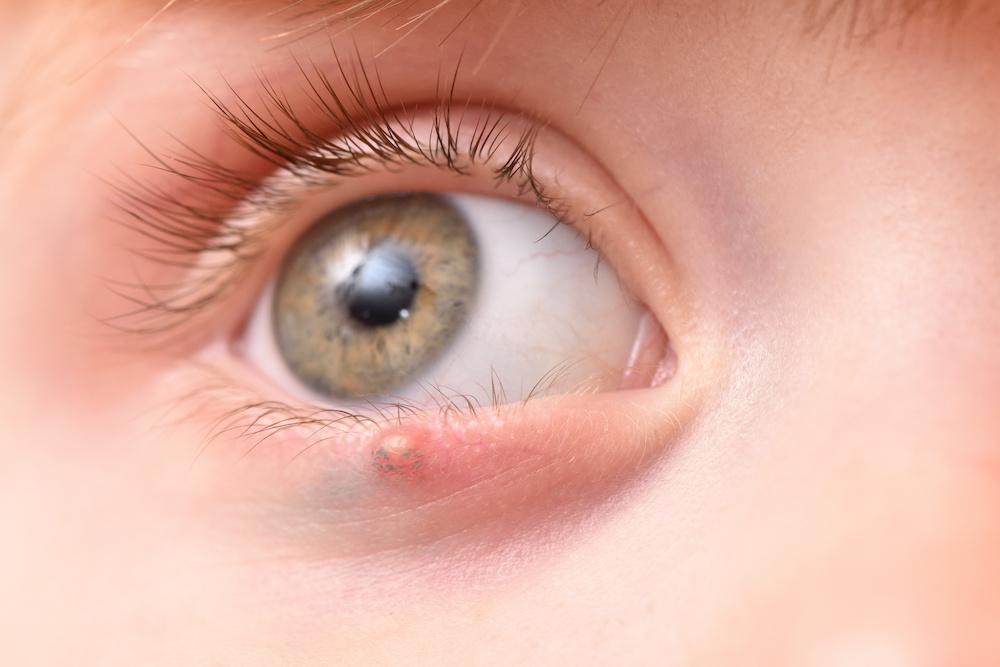An eye stye, also known as a hordeolum, is a painful and unsightly bump that forms on the eyelid. It’s caused by a bacterial infection of the oil glands in the eyelid and can be accompanied by redness, swelling, and sensitivity to light. While most styes will go away on their own within a few days to a week, there are some things you can do to speed up the healing process and alleviate symptoms.
Home Remedies for Eye Styes
One of the easiest and most effective ways to treat an eye stye at home is with a warm compress. Soak a clean washcloth or cotton ball in warm water, wring out excess moisture, and apply it to the affected eyelid for 10-15 minutes at a time, several times a day. The warmth will help to increase blood flow to the area, which can promote healing and relieve pain.
You can also try using a tea bag as a warm compress, as the tannic acid in tea has natural anti-inflammatory properties that can help to reduce swelling and irritation. Simply steep a tea bag in hot water, wring out excess moisture, and apply it to the affected eyelid.
Another home remedy for eye styes is to gently massage the affected area with a clean finger or cotton swab. This can help to stimulate the oil glands and encourage drainage of the stye. Just be sure to wash your hands thoroughly before and after massaging the area.
Over-the-Counter Treatments for Eye Styes
If home remedies aren’t enough to relieve your symptoms, you may want to try an over-the-counter treatment for eye styes. One option is an antibiotic ointment, which can help to clear up the bacterial infection causing the stye. Look for an ointment that contains erythromycin or bacitracin, and be sure to apply it as directed.
Another option is a topical steroid cream, which can help to reduce inflammation and swelling. However, these creams should only be used under the guidance of a healthcare professional, as they can have side effects if used incorrectly.
When to See a Doctor
While most eye styes will go away on their own with time and home treatment, there are some cases where medical attention may be necessary. If your stye hasn’t improved after a week or is causing significant pain or vision changes, it’s important to see a doctor. They may prescribe a stronger antibiotic or steroid medication, or in rare cases, drain the stye in-office.
Prevention Tips for Eye Styes
To prevent future eye styes, it’s important to practice good hygiene and avoid touching your eyes with dirty hands. Be sure to wash your hands frequently, especially before touching your face or eyes. Additionally, avoid sharing towels or other personal items that may be contaminated with bacteria.
If you wear contact lenses, be sure to follow proper hygiene practices and replace them as directed. And if you’re prone to eye styes, consider using an eyelid cleanser or warm compress on a regular basis to help keep the oil glands clear and prevent infections.
Conclusion
Eye styes can be uncomfortable and unsightly, but with proper treatment and prevention techniques, they can be managed effectively. By following the tips outlined in this article, you can help to relieve symptoms and prevent future styes from forming.
Khalid Irfan is a Fitness expert who enjoys spending time in gym. He also enjoys being in the outdoors and exploring new opportunities whenever they arise as well as researching new topics to expand his horizons.

Leave a Reply